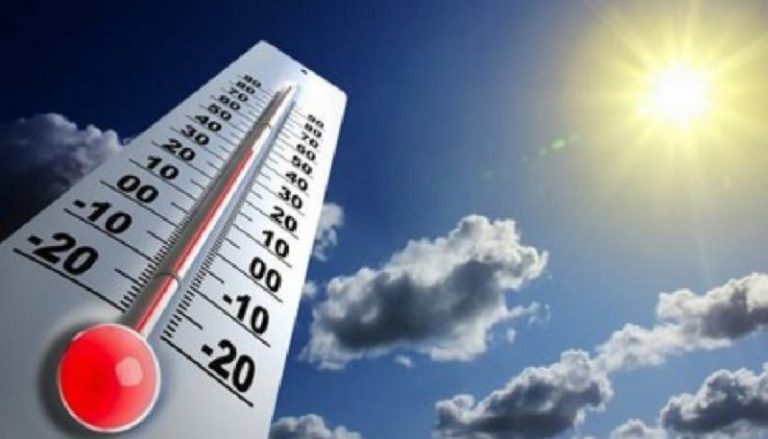An international panel of atmospheric scientists verified the temperature recorded by an automated weather station in Syracuse on the island of Sicily.
“The extremes presented before the WMO for adjudication are ‘snapshots’ of our current climate. It is possible, indeed likely, that greater extremes will occur across Europe in the future. When such observations are made, new WMO evaluation committees will be formed to adjudicate such observations as extremes,” said Prof. Randall Cerveny, a WMO specialist on climate and weather extremes.
“Most investigations – like this one – are lengthy procedures because of the meticulous care that the WMO undertakes in certifying weather observations. Such painstaking evaluation provides the critical confidence that our global records of temperatures are properly being measured. Beyond that, this investigation demonstrates the alarming tendency for continuing high temperature records to be set in specific regions of the world,” he said.
Because WMO Region VI (Europe) contains parts of Asia (eg Israel, Turkey and Syria) and Greenland, extremes are categorised with records for the region as a whole and for “continental” Europe. The finding was published in the International Journal of Climatology on Tuesday.
The previous record for continental Europe of 48 degrees (July 10, 1977) was held by the Greek cities of Athens and Elefsina. This was based on official government sources but there was no independent WMO verification – unlike with the recent Italian temperature.
Globally, 2023 was the warmest year on record, which was made possible by a combination of climate change and the El Niño climate pattern.
This natural event leads to warmer surface waters in the Pacific Ocean and higher global temperatures – a trend that may continue this year. Already, exceptionally warm temperatures were experienced across the planet in January, including southwest Europe, notably in Spain and France.
WMO evaluations are included in the Archive of Weather and Climate Extremes, which includes records on the world’s highest and lowest temperatures, rainfall, heaviest hailstone, longest dry period, maximum gust of wind, longest lightning flash and weather-related mortalities.
pll/npg/lpn










